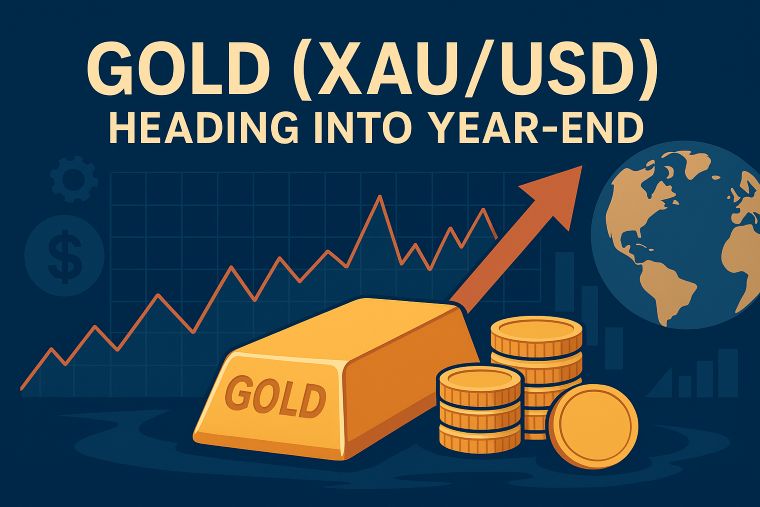2 min to read
The price movements lacked clear direction
mirroring the ongoing adjustment mode of the USD/JPY pair.

“In today’s New York foreign exchange market, the price movements lacked clear direction, mirroring the ongoing adjustment mode of the USD/JPY pair”
The Tokyo session witnessed a temporary dip into the mid-148 yen range, only to see a resurgence of buying interest during the New York session, propelling it back towards the 149 yen mark. However, with an air of caution surrounding upward movements, the pair once again revisited the mid-148 yen range. Notably, the 21-day moving average currently hovers around 148.25 yen.
While the overall market sentiment maintains its course, marked by expectations of a robust dollar, the downside appears to find robust support. Nevertheless, there’s a palpable sense of prudence regarding upward momentum, primarily stemming from the psychological impact of the Japanese Ministry of Finance’s previous intervention near the 150 yen level.
This week has presented mixed signals on the employment front, leaving investors in a state of uncertainty. All eyes are now fixed on the impending release of tomorrow’s US employment statistics, with a prevailing eagerness for the outcome. Projections for the Non-Farm Payrolls (NFP) anticipate an increase of 166,000 jobs, with employment in transportation and warehousing services showing signs of returning to pre-pandemic trends, potentially influencing the NFP figure.
The labor force participation rate has already surpassed pre-pandemic levels, and unless it experiences a significant decline, the unemployment rate is expected to maintain stability around 3.7%. Furthermore, with labor demand stabilizing, average hourly earnings are poised to exhibit a more subdued wage growth trend.
In the Euro to Dollar (EUR/USD) pair, resilience is on display, as it reclaims the 1.05 dollar range. However, a conspicuous lack of proactive buying persists, and resistance remains entrenched in the upper echelons.
Experts have drawn attention to the pronounced impact of the Federal Reserve’s tightening measures on the Euro, particularly when compared to other G10 currencies. Within the options market, while a bearish sentiment surrounds the Euro, volatility remains at its highest point in five months. The emergence of indicators signaling increased anxiety in financial markets has fueled investor concerns about downward pressure on the Euro.
Additionally, speculation abounds that a sharp rebound in oil prices or a reduction in US funding assistance for Ukraine’s conflict could further exacerbate the unease among Euro investors.
The GBP/USD pair continues to experience buybacks, propelling it back into the mid-1.21 dollar range. Fundamentally, the scenario of formidable resistance at higher levels remains unchanged. However, ahead of the release of tomorrow’s US employment statistics, market participants appear to be engaged in ongoing position adjustments.
Reports indicate that major asset management firms have unwound their bearish positions on the Pound, transitioning to a more neutral stance. They argue that the current valuation of the Pound more accurately mirrors the outlook for the UK economy. Projections for UK growth in 2023 and 2024 stand at 0.3% and 0.4%, respectively.
Visit XM Official Website.

